The time Russia claimed video game footage proved the US was aiding ISIS
- By Alex Hollings
Share This Article
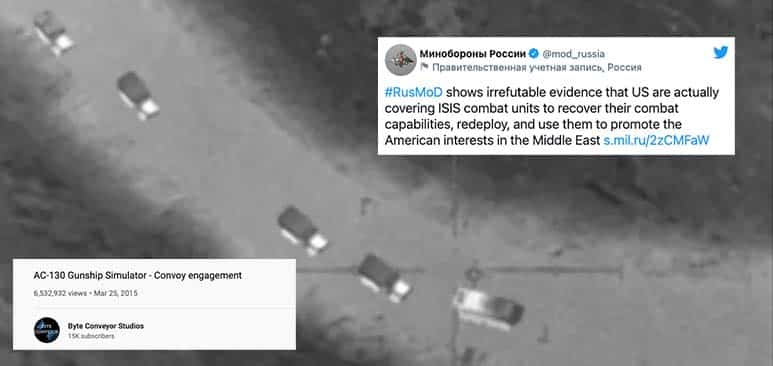
While the impending threat of a Russian invasion of Ukraine remains the world’s focus, there’s been a great deal of renewed discussion about the unusual disinformation efforts to come out of the Kremlin’s brain trust in recent years. While Moscow has a long and storied history of manipulating the perceptions of the public, few modern examples better capture Russia’s audacious approach to misdirection than a 2017 incident in which Russia publicly claimed the United States was aiding ISIS in Syria… and their proof?
Well, their proof turned out to be screen captures from a promotional video for a video game.
Related: Why Russia’s military isn’t quite as powerful as it seems
Russia backed chemical weapon attacks on civilians in Syria
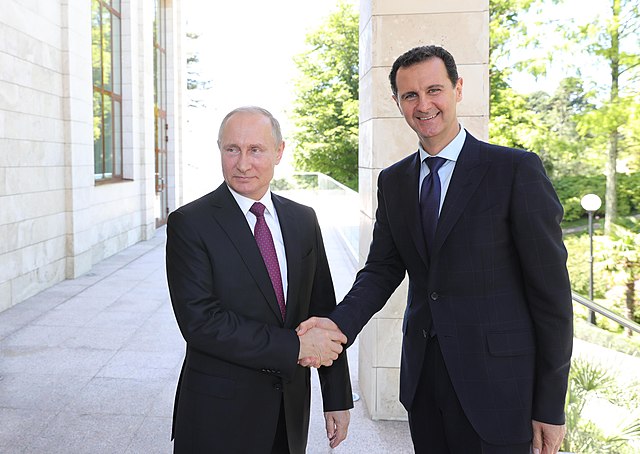
Although fighting against ISIS, or the Islamic State of Iraq and Syria, briefly unified disparate groups within the Middle East, that doesn’t mean it brought a reduction in tensions between traditionally opposing parties. In Syria, the United States and Russia find themselves on opposite sides of the nation’s civil war, with the United States backing a variety of groups who fall under the collective title of Syrian Defense Forces (SDF) and Russia supporting the reigning Bashar al Assad-led regime.
Assad’s Syrian government has been accused of perpetrating numerous human rights violations, often with the direct involvement of Russian forces. In December of 2012, the first reports of the Syrian government using chemical weapons against civilians emerged, but they wouldn’t be the last. Over the past ten years, the U.S. State Department estimates that the Syrian government has attacked civilians with chemical weapons at least 50 times, frequently with direct Russian assistance in the execution of the strike or the subsequent coverup.
Then Russia claimed America was providing air support to ISIS (using video game footage as proof)

Related: How false flag operations work and Russia’s history of using them
Even as Russian-backed Syrian forces and American-backed SDF forces put their conflict aside to fight ISIS, it’s clear that there was no love lost between them. And that brings us to November of 2017, when the Russian government kicked off a digital campaign meant to tie U.S. forces operating in Syria to none other than ISIS themselves, using a video game and other stolen images as their evidence.
According to the Russian military, ISIS was actually working to advance American interests in the Middle East and the war on terrorism being waged by American troops was nothing more than very expensive theater.
“This is the irrefutable evidence that there is no struggle against terrorism as the whole global community believes. The US are actually covering the ISIS combat units to recover their combat capabilities, redeploy, and use them to promote the American interests in the Middle East,” Russia’s Ministry of Defence claimed.
Russia’s Ministry of Defence began with Facebook and then took to Twitter, posting what they called “irrefutable proof” that the U.S. was providing direct support to ISIS convoys as they departed Syrian towns.
The images released with their statement appear to show a convoy of military trucks moving from an overhead view, apparently using a FLIR (Forward Looking Infrared) camera similar to those employed by many military aircraft.
#RusMoD shows irrefutable evidence that US are actually covering ISIS combat units to recover their combat capabilities, redeploy, and use them to promote the American interests in the Middle East https://t.co/jcb7G4MAfZ pic.twitter.com/VIMjfFGJEg
— Минобороны России (@mod_russia) November 14, 2017
It wasn’t long before savvy internet users started calling the images out as fake, with the most audacious fakes coming from a smartphone game released two years earlier called, “AC-130 Gunship Simulator: Special Ops Squadron.” The Russian military simply cropped the image so you couldn’t see the red “FIRE” button in the bottom-right corner of the screen, or the disclaimer in the top-right corner that reads: “Development footage. This is a work in progress. All content subject to change.”
That’s right, they didn’t even capture the footage from the game itself, but rather from a promotional video of the game posted on YouTube.
The @mod_russia uses images from a computer game as evidence the US is working with ISIS https://t.co/8uv2vbEHeQ pic.twitter.com/EvqP1Id5pR
— Eliot Higgins (@EliotHiggins) November 14, 2017

Related: Kaliningrad: Russia’s political island and key strategic exclave
You can see the clip from the video game that the image was taken from here:
The other images were soon tied to older footage of Iraqi attacks on ISIS and similarly unrelated events. Russia did eventually come forward and acknowledge the blatant fakery, blaming a “civil service employee who erroneously attached wrong photo illustrations to its statement,” rather than acknowledging that they’d been caught red-handed. They even doubled down on their claims after their evidence was proven to be fake.
“The United States’ refusal to carry out strikes against ISIL terrorist convoys retreating from [Al-Bukamal] is a fact recorded in the transcripts of the talks and, therefore, well known to the American side, just as the active counteraction by U.S. aircraft to the Russian Aerospace Forces, which were ready to destroy ISIL terrorists who were regrouping for new attacks against government troops near [Al-Bukamal],” read the Russian statement.
Of course, this was far from the only Russian disinformation to come out of the conflict in Syria, just as Moscow’s efforts surrounding Ukraine have been broadly diverse and sometimes seemingly nonsensical. These efforts may seem too ridiculous to be effective, but Russia has arguably garnered as many victories as defeats in recent decades with their approach to manipulation and hybrid warfare. While Russian operatives are often caught red handed and Russian operations are often exposed, the Kremlin has none the less succeeded in garnering a great deal of attention for its Bond-villaine-esque doomsday weapons and successfully maintained its place at the table of global military powers, despite having a annual gross domestic product that ranks behind at least four U.S. states and maintaining only token numbers of advanced weapon systems.
Russia’s disinformation efforts truly press the classic argument included in Murphy’s Laws of War: If it’s stupid but it works, it isn’t stupid.
Read more from Sandboxx News
Related Posts
Sandboxx News Merch
-

‘AirPower’ Classic Hoodie
$46.00 – $48.00 Select options This product has multiple variants. The options may be chosen on the product page -

‘Kinetic Diplomacy’ Bumper Sticker (Black)
$8.00 Add to cart -

‘Sandboxx News’ Trucker Cap
$27.00 Select options This product has multiple variants. The options may be chosen on the product page

Alex Hollings
Alex Hollings is a writer, dad, and Marine veteran.
Related to: Military Affairs, Military History
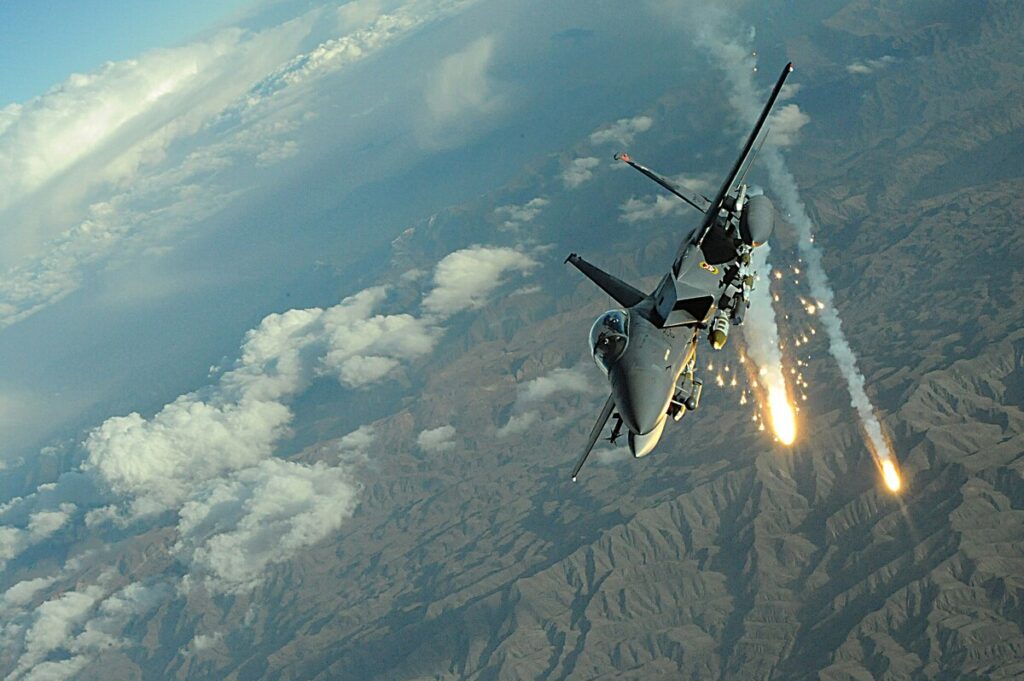
How an F-15E scored its only air-to-air kill… with a bomb

The military roots of Juneteenth and why we celebrate it
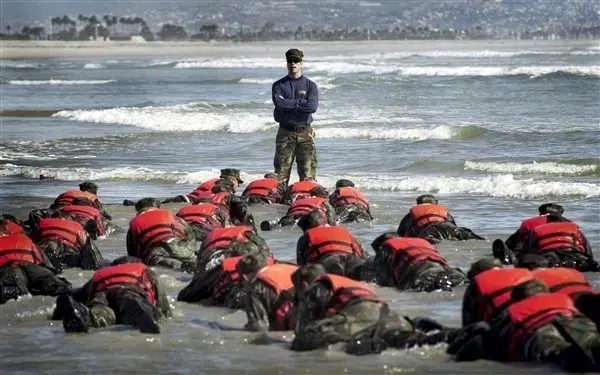
BUD/S instructors have their favorite games to make SEAL candidates suffer
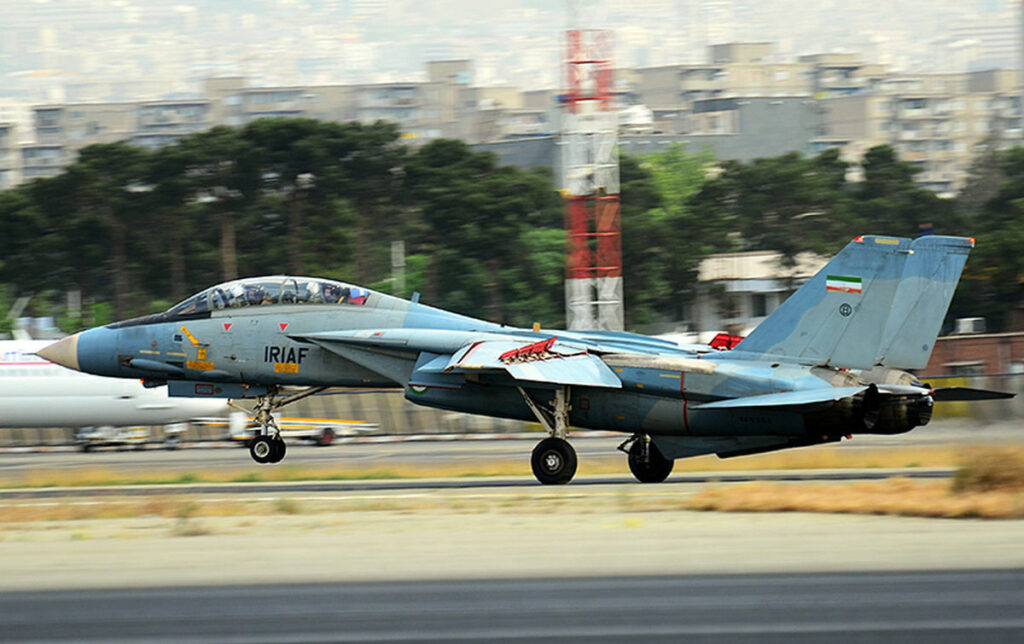
Israel wipes out Iranian F-14 Tomcats on the airstrip
Sandboxx News
-

‘Sandboxx News’ Trucker Cap
$27.00 Select options This product has multiple variants. The options may be chosen on the product page -

‘AirPower’ Classic Hoodie
$46.00 – $48.00 Select options This product has multiple variants. The options may be chosen on the product page -

‘AirPower’ Golf Rope Hat
$31.00 Select options This product has multiple variants. The options may be chosen on the product page -

‘Sandboxx News’ Dad Hat
$27.00 Select options This product has multiple variants. The options may be chosen on the product page
